Vahid Peyravi, 25.01.2022
The informal in architecture and in the city
The term informal urbanism is intended to be understood as a specific form of space production and use that is rooted in everyday urban life and has its occasions less in the connection to formal planning procedures than in the satisfaction of practical needs. Here, the self-initiative of the residents was primarily in the foreground. These gave formative impulses. Thus, different informal and formal development logics developed. A large part of the city is being created in an "informal" way, without regard to city guidelines and without official permits. The first case study deals with the peripheral large housing
estates and the top-down implemented urban planning as well as bottom-up initiated construction activities. These are large-scale housing estates with several thousand residential units. Users used architectural solutions that were as cost-effective, monofunctional and highly uniformized as possible. In the course of time, the complexes were modified by small-scale interventions by means of modifications and mutations. This had an impact on the building types and settlement areas. Like the exposure, the resolutions were modified over time and could be mutated. This resulted in changes to the access zones and paths as well as the creation of new access versions. After all these processes of mutations and procedures in the construction of the corresponding typologies, interesting socio-spatial processes arise. In this way, different room qualities and zoning are formed. and viewing angles as well as viewing angles. This leads to the development of different and complex routes. In Germany, too, a wide variety of mutations and variants can be found in the typology. Among other things, in the area of entrance situations. Whether covered, as an extension, access by means of steps, etc. The term informal city refers to a wealth of activities that contribute to urban development. Some (urban gardening, temporary uses) are now moving closer to the instruments of urban planning, others (trend sports, open workshops) are less easy to integrate. The usual planner's view is abandoned. The city does not appear as a result of planning, but as the result of various phenomena whose effects on city life have yet to be grasped. This is accompanied by uncertainty. The focus is not on the planning of more or less permanent objects, but on the field of possibilities that one gets involved in. We are in a transformation phase of the city model. There are no panaceas for solving the new tasks. Informal settlements are a possible response to an urgent need in the face of migrant movements.
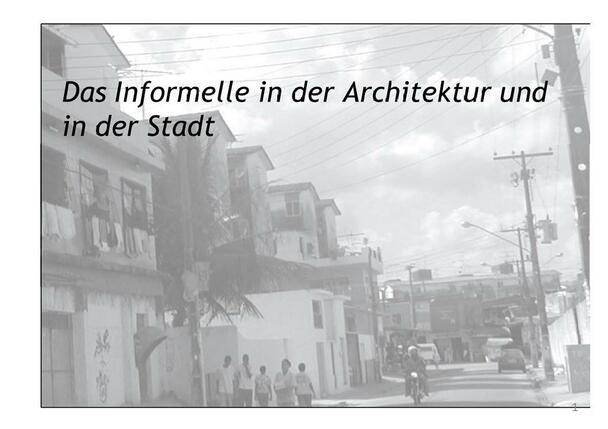
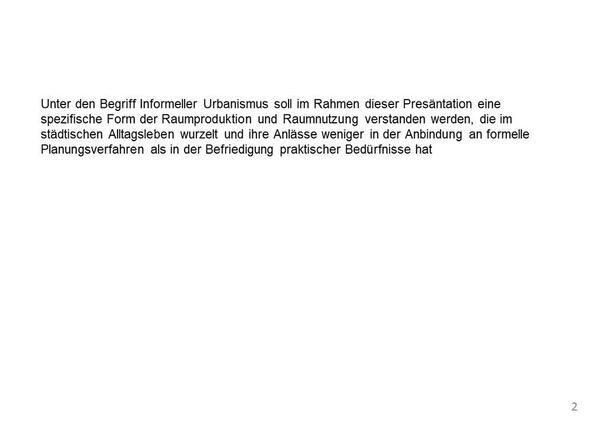
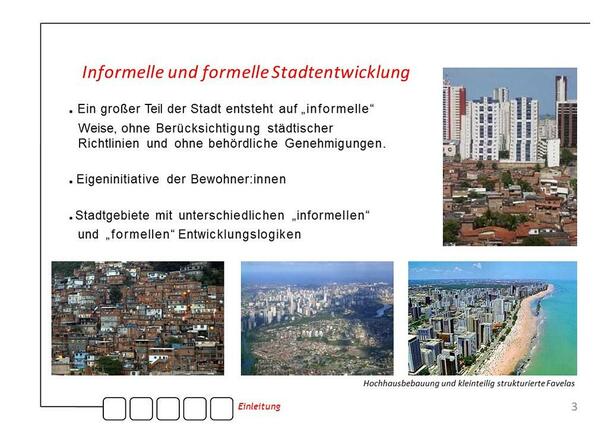
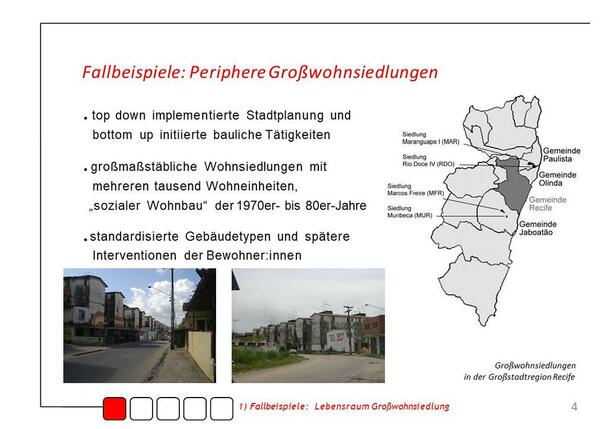
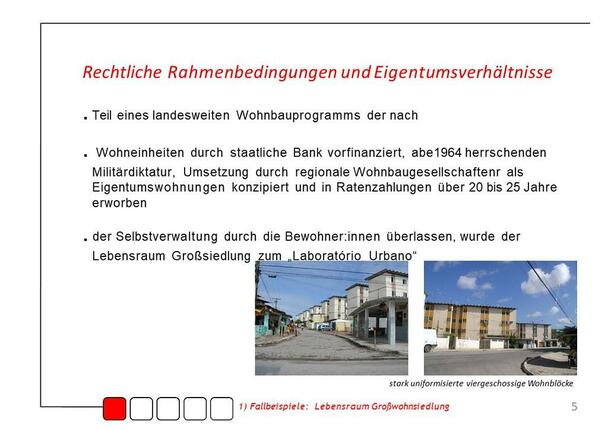
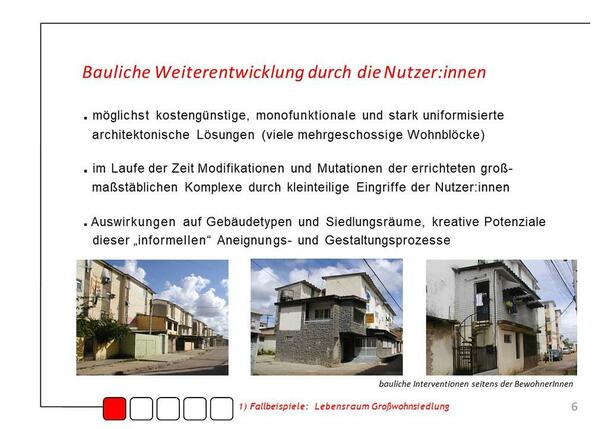
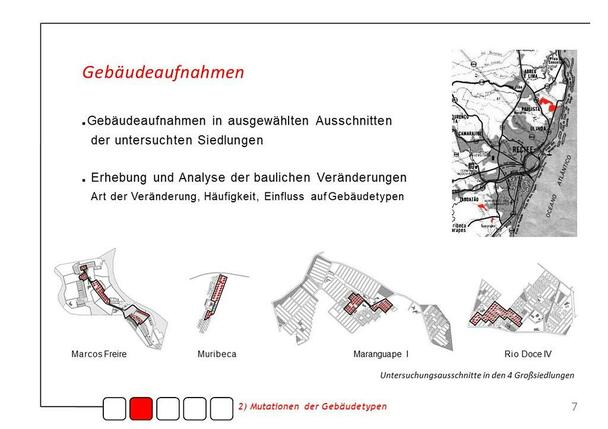
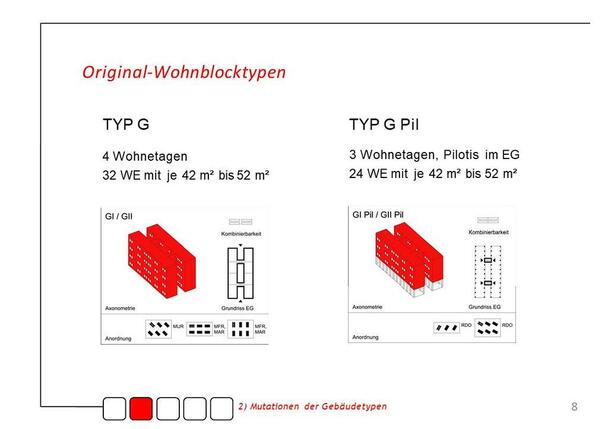
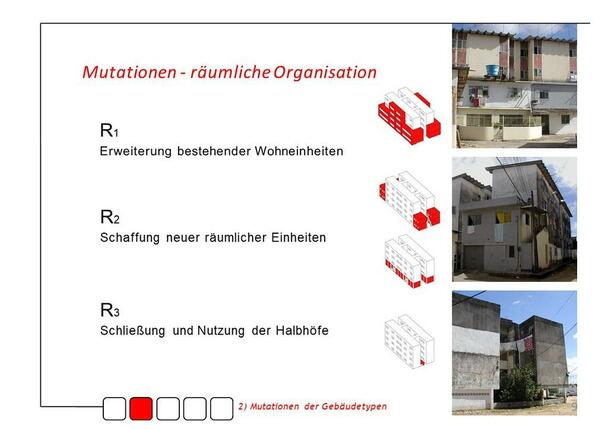
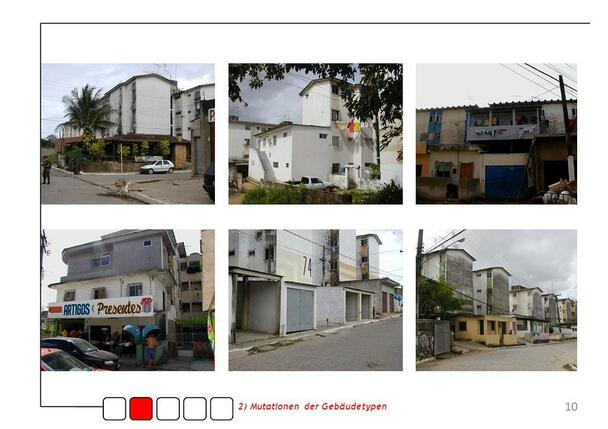
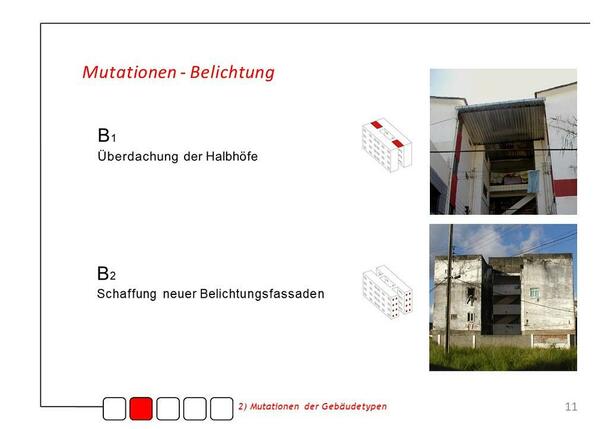
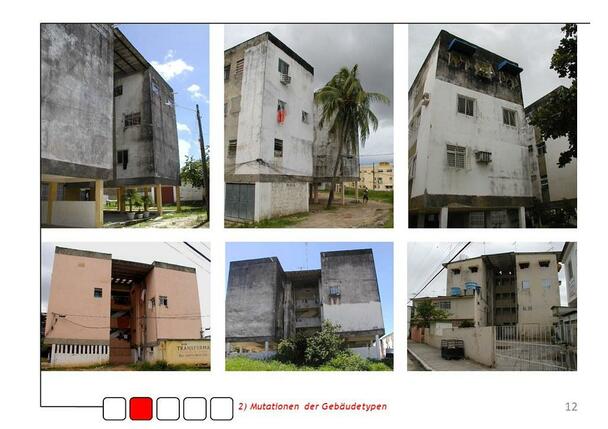
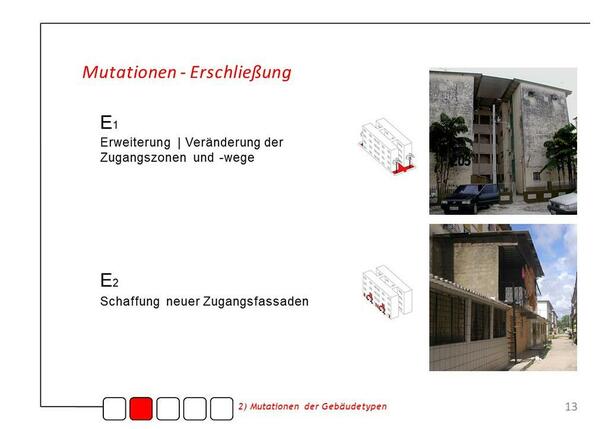
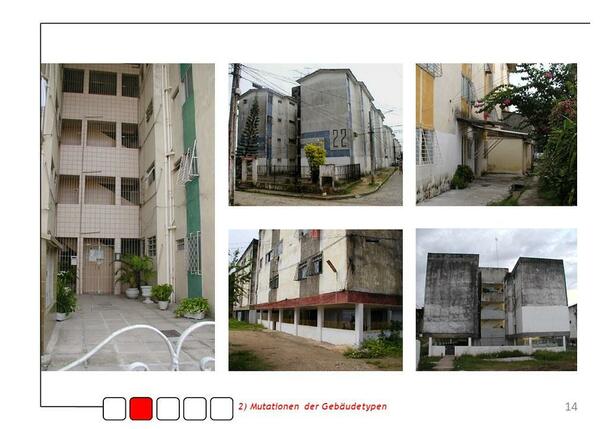
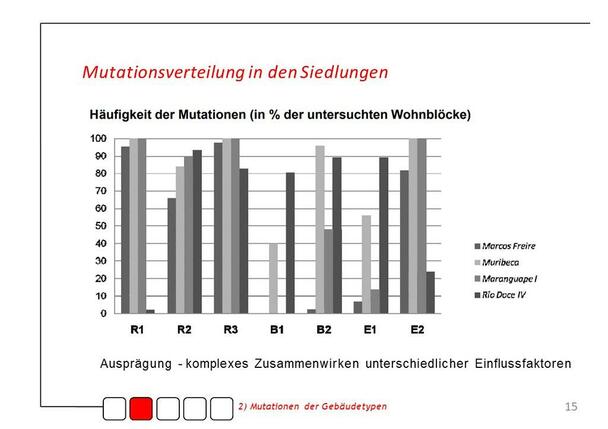
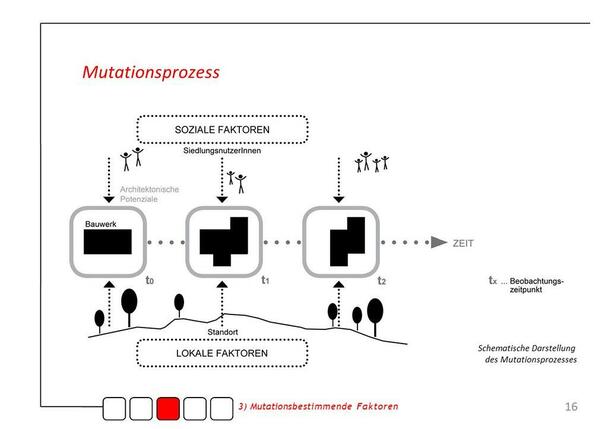
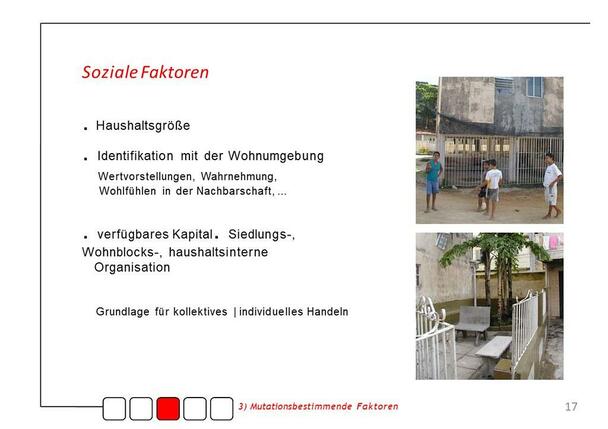
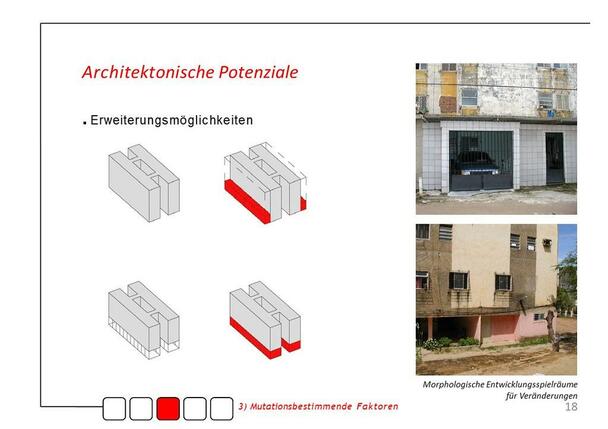
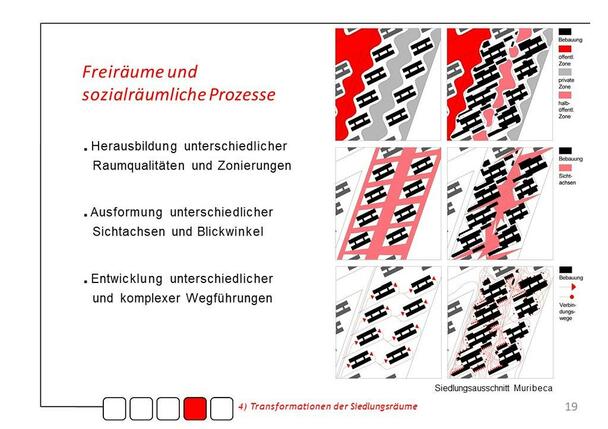
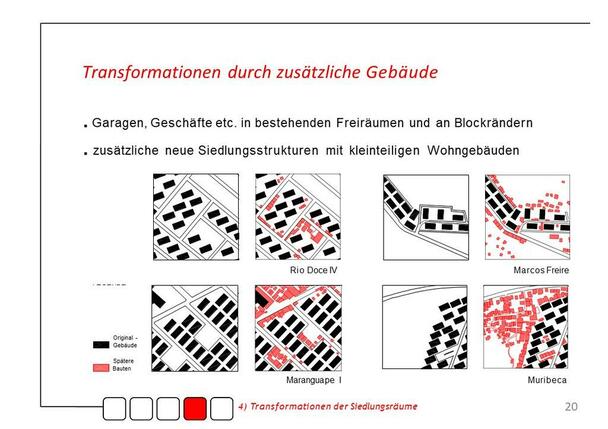
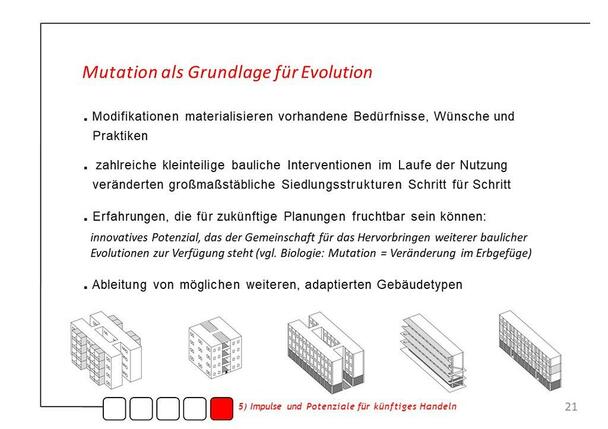
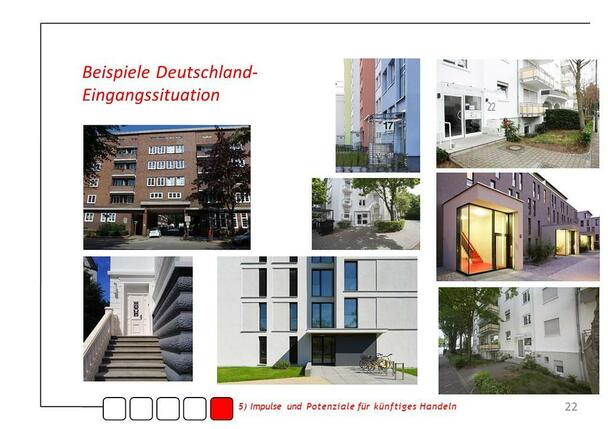
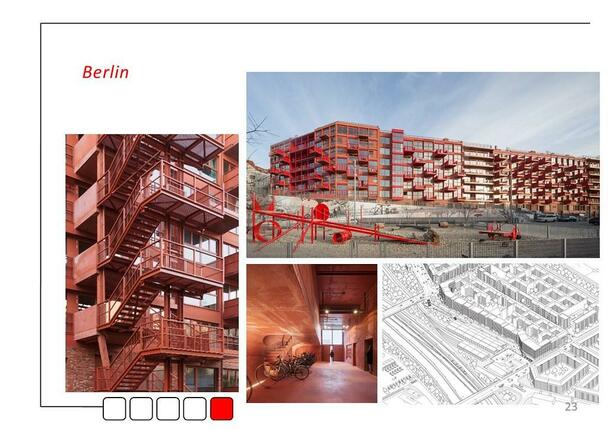
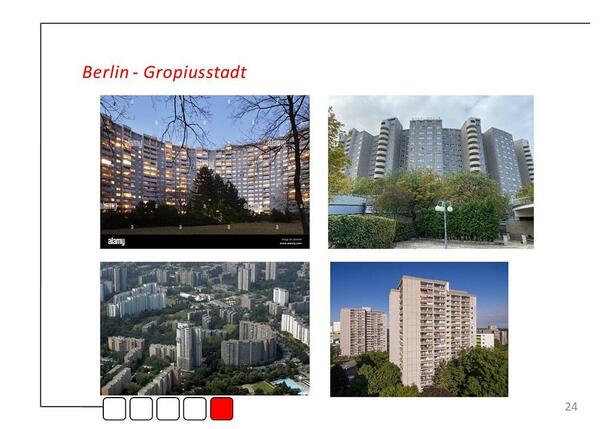
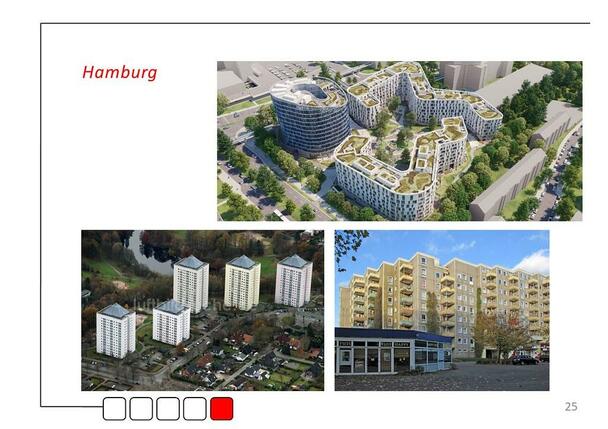
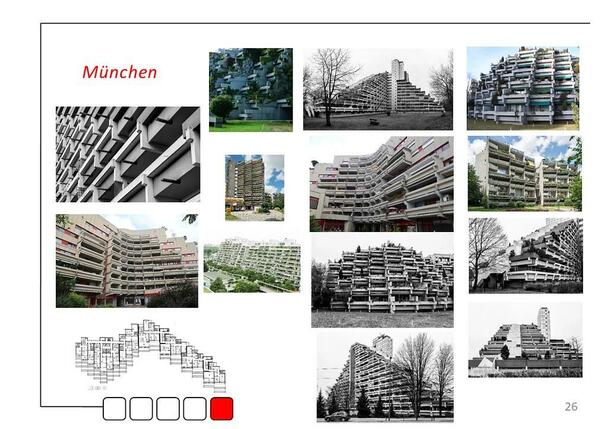
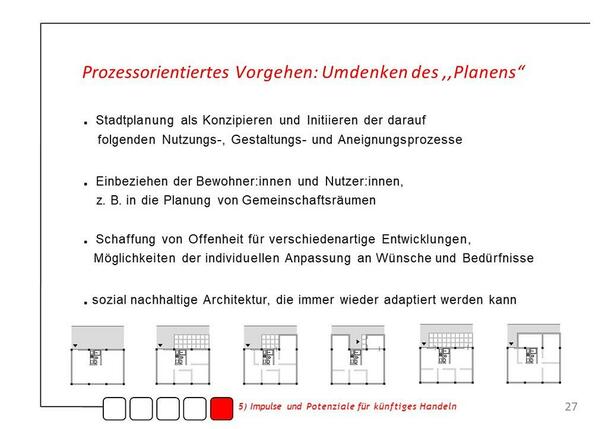
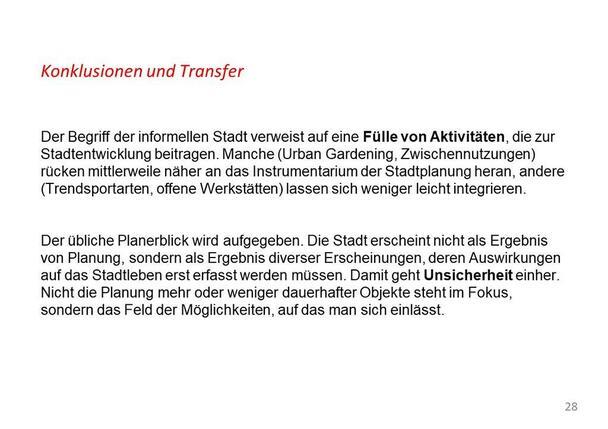

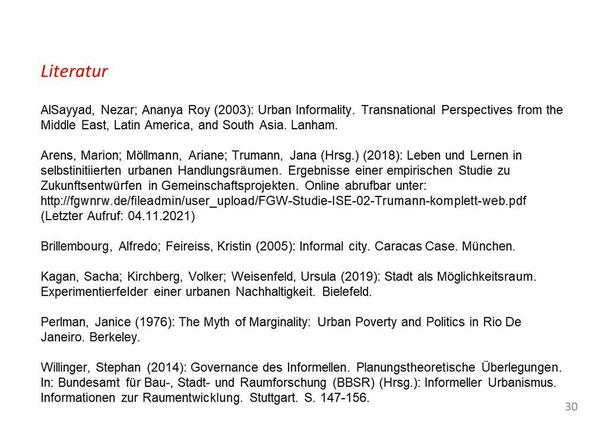
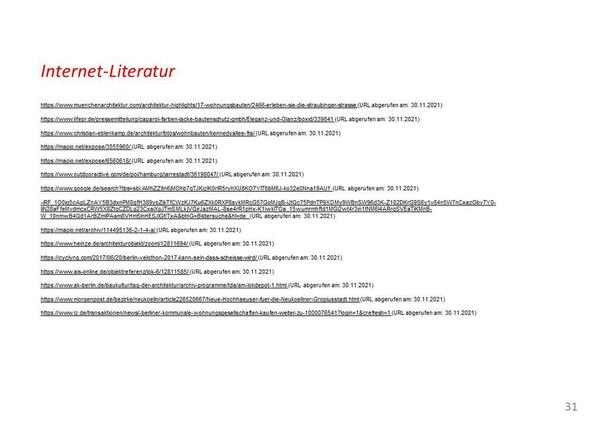
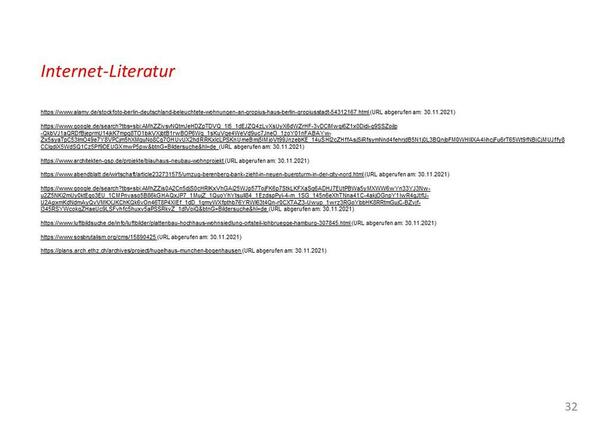
The term informal urbanism is intended to be understood as a specific form of space production and use that is rooted in everyday urban life and has its occasions less in the connection to formal planning procedures than in the satisfaction of practical needs. Here, the self-initiative of the residents was primarily in the foreground. These gave formative impulses. Thus, different informal and formal development logics developed. A large part of the city is being created in an "informal" way, without regard to city guidelines and without official permits. The first case study deals with the peripheral large housing
estates and the top-down implemented urban planning as well as bottom-up initiated construction activities. These are large-scale housing estates with several thousand residential units. Users used architectural solutions that were as cost-effective, monofunctional and highly uniformized as possible. In the course of time, the complexes were modified by small-scale interventions by means of modifications and mutations. This had an impact on the building types and settlement areas. Like the exposure, the resolutions were modified over time and could be mutated. This resulted in changes to the access zones and paths as well as the creation of new access versions. After all these processes of mutations and procedures in the construction of the corresponding typologies, interesting socio-spatial processes arise. In this way, different room qualities and zoning are formed. and viewing angles as well as viewing angles. This leads to the development of different and complex routes. In Germany, too, a wide variety of mutations and variants can be found in the typology. Among other things, in the area of entrance situations. Whether covered, as an extension, access by means of steps, etc. The term informal city refers to a wealth of activities that contribute to urban development. Some (urban gardening, temporary uses) are now moving closer to the instruments of urban planning, others (trend sports, open workshops) are less easy to integrate. The usual planner's view is abandoned. The city does not appear as a result of planning, but as the result of various phenomena whose effects on city life have yet to be grasped. This is accompanied by uncertainty. The focus is not on the planning of more or less permanent objects, but on the field of possibilities that one gets involved in. We are in a transformation phase of the city model. There are no panaceas for solving the new tasks. Informal settlements are a possible response to an urgent need in the face of migrant movements.
































